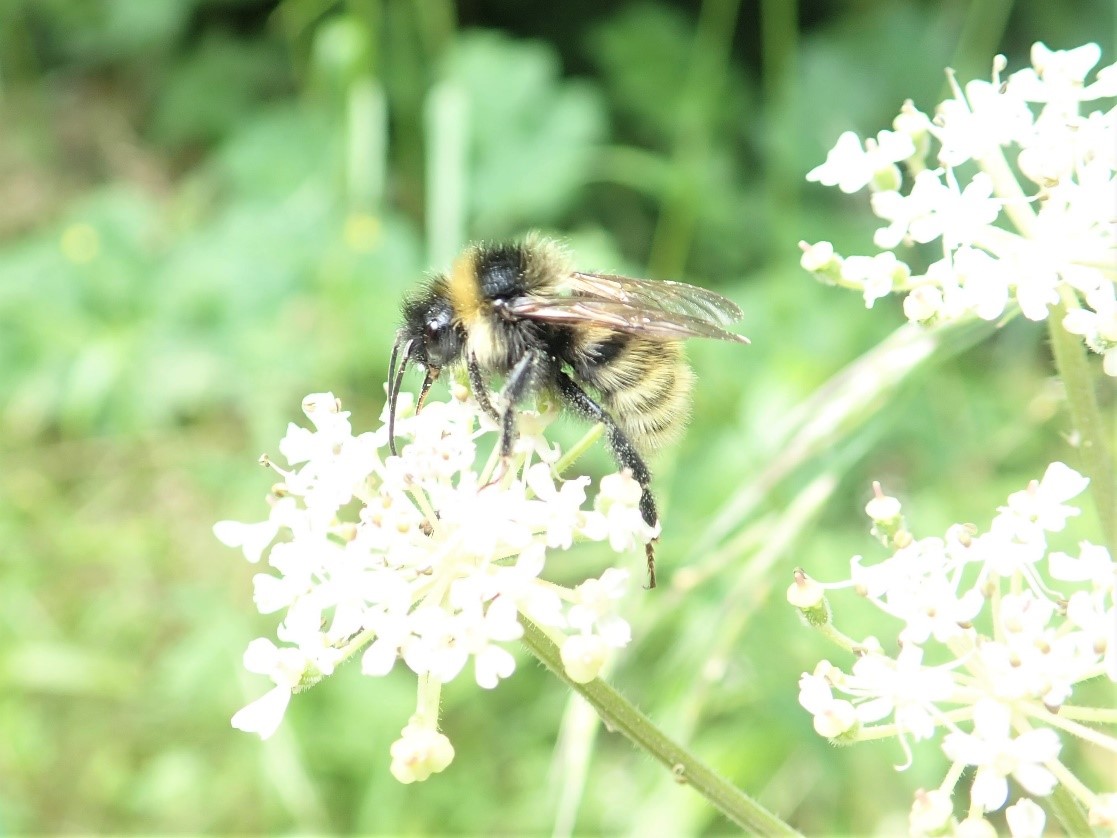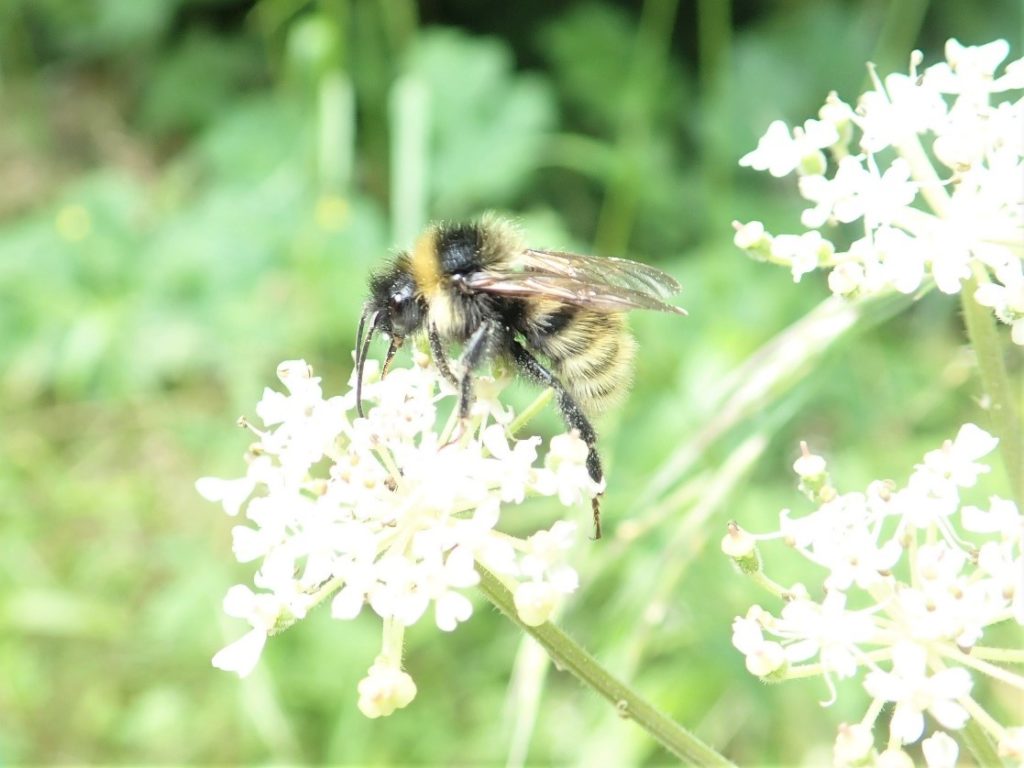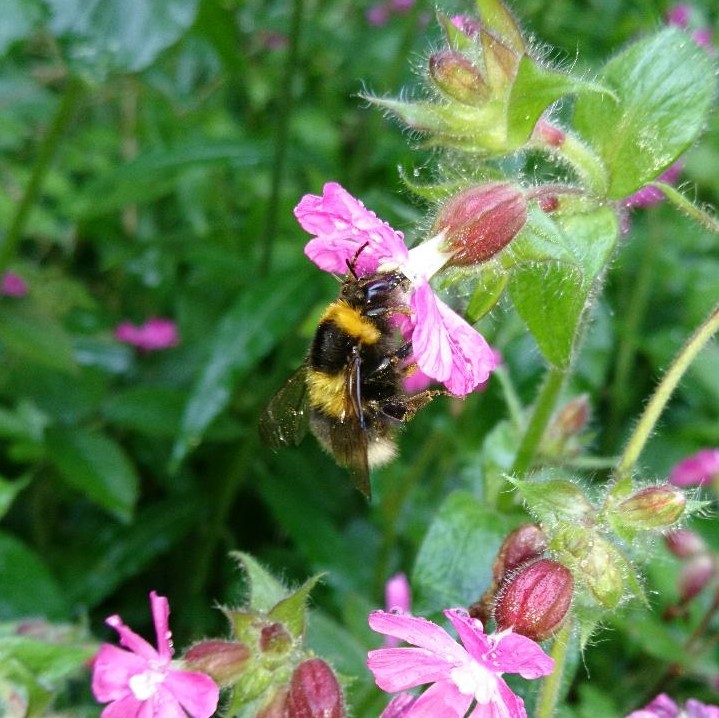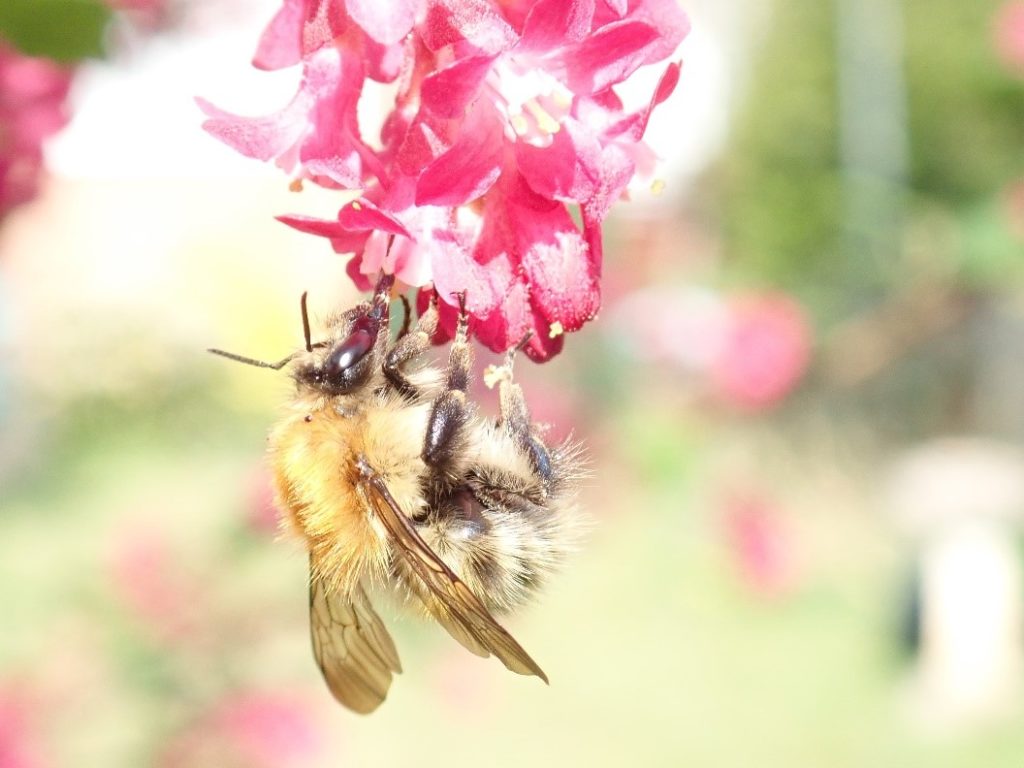
Successful full genome sequencing of three bumblebee species
The Darwin Tree of Life team are delighted to announce the release of three complete bumblebee genomes this week. These high quality, chromosomally complete reference genomes have been produced from specimens from Wytham Woods, near Oxford. The genomes are amongst the first to be produced by the Darwin Tree of Life project and represent an important milestone on our mission to sequence the full genomes of all 70,000 species of eukaryotic organisms in Britain and Ireland. This was a highly collaborative endeavour, involving researchers from several institutions including the University of Oxford, the Natural History Museum, the Sanger Institute and the European Nucleotide Archive.
Bumblebees are a charismatic genus of large, furry, colourful bees which are globally important pollinators in both agricultural and wild ecosystems. They are particularly diverse across temperate regions and many species are able to live at higher altitudes or fly in cooler conditions than other pollinator groups. Many species of bumblebee are, however, in decline, with at least 2 (arguably 3) species having been lost from Britain. In addition to their importance as pollinators, true bumblebees are social insects which exhibit complex behaviours, making them interesting and important model species for evolutionary studies. Bumblebees are also utilised as environmental indicators in toxicology studies.
Reference genomes not only allow the immediate investigation of the evolutionary history of a species, but are also a fundamental prerequisite for subsequent analysis of a wide range of biological questions. For example, a reference genome is required in order to allow the selection of target loci for resequencing of large numbers of individuals for a population genetics approach to conservation. Bumblebee genomes will provide insights into behaviour, diet, metabolism, kleptoparasitism, immunity and detoxification across the group (e.g. Sun et al., 2020).
Twenty-four of the ~250 global species of bumblebees can be found in the UK, including 6 species of ‘cuckoo bumblebees’ in the subgenus Psithyrus, which are social parasites. Fourteen of these 24 UK bumblebee species have been found to be present across the diverse habitats of Wytham Woods, making this site an ideal location to commence sequencing efforts. The sampling focussed on collection of males and workers, so as to limit the impact of collections on bumblebee populations. This is due to the life history of bumblebees, where only newly mated queens (or females of cuckoo species) overwinter, meaning that limited removal of males and workers is unlikely to affect the overall population. Furthermore, Hymenoptera (the order to which all bees belong) are haplodiploid, meaning that males have half the number of chromosomes as females (one of each chromosome from the mother – rather than a pair of each chromosome with one from each parent), and are therefore more straightforward to sequence.
For three of the species of Bombus which occur at Wytham Woods sequencing and assembly is complete: B. campestris (the field cuckoo-bee), B. hortorum (the garden bumblebee), and B. pascuorum (the common carder bee). In addition to the three released this week, there are an additional nine bumblebees already in sequencing in DToL: watch this space!
Bombus campestris – The field cuckoo bee

This is a cuckoo bumblebee, which takes over the nests of B. pascuorum (and probably also other carder bees). The public genome data for this species can be found here.
Bombus hortorum – The garden bumblebee

This species is quite common in gardens. It is quite a large bee with a very long proboscis (tongue), therefore favours flowers with a deep corolla. The public genome data for this species can be found here.
Bombus pascuorum – The common carder bee

This species is the most common and widespread of the UK carder bees, a group of bumblebees which nest on or just under the ground and cover the nest with moss (hence the ‘carder bee’ name). The public genome data for this species can be found here.
References/further reading
Edwards, M. and Jenner, M., 2005. Field Guide to the Bumblebees of Great Britain and Ireland (Ocelli).
Sun, C., Huang, J., Wang, Y., Zhao, X., Su, L., Thomas, G.W., Zhao, M., Zhang, X., Jungreis, I., Kellis, M. and Vicario, S., 2020. Genus-wide characterization of bumblebee genomes provides insights into their evolution and variation in ecological and behavioral traits. Molecular biology and evolution, 38(2). https://doi.org/10.1093/molbev/msaa240
Liam Crowley is a postdoctoral field biologist at the University of Oxford who collected the specimens from Wytham Woods.
